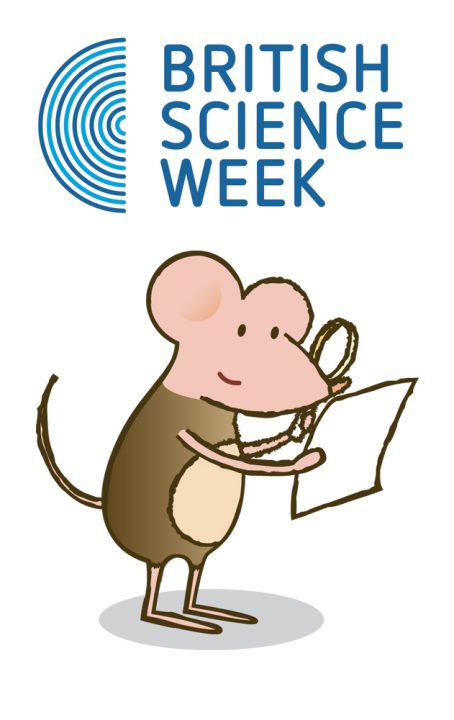
Welcome to our first activity for British Science Week, how to make your very own berry ink! We have included written instructions, a ‘how to’ video, and a downloadable activity instruction sheet. In this activity we make ink using blue berries, but you can make ink using black berries, raspberries or cherries with the same recipe.
How to make berry ink instructions
Watch the ‘how to make berry ink’ video on YouTube
Download the ‘how to make berry ink’ activity instruction sheet (PDF, 0.19mb)
Download the ‘how to make berry ink’ activity instruction sheet (Accessible PDF, 0.04mb)
Throughout the ages civilisations have used a variety of materials to create inks and paints; from trees, insects to metals or lampblack, a kind of soot that is a by-product of fire. Inks can be a simple mixture of pigments and water, like ancient Roman ink made by soot and water, or they can be complex mixtures of oak galls, salts, water and resin, like iron gall ink. Iron gall ink was the most popular ink used in Europe from the 12th to the early 20th Century but the materials were very expensive so people sometimes made ink themselves using berries, nuts, or charcoal just like we are.
At The National Archives collection we have documents that contain many different types of inks and paints. These include Elizabethan maps of Ireland that contain insect-based red and pink dyes, and plant-based yellows and blue; an 18th Century dyed wool sampler book that contains not only a sample of wool but also a recipe to make the dye written next to it and millions of documents written in iron gall ink. You can find out more about the maps and sampler book below and read more about iron gall ink in our British Science Week blog Galling ink! How TNA preserves millions of documents written in iron gall ink.
